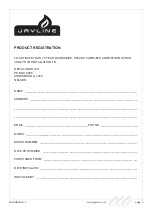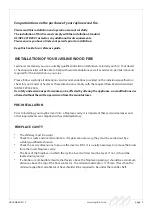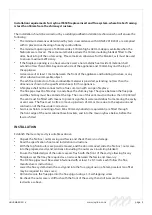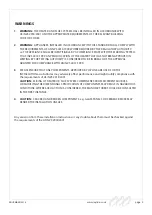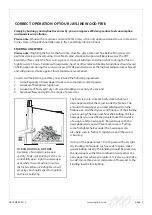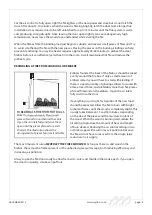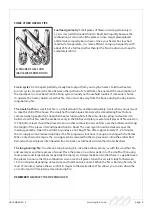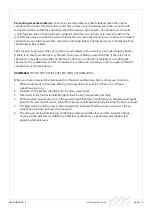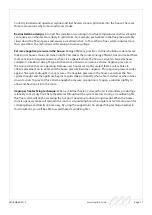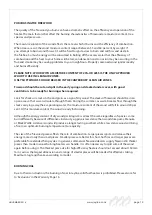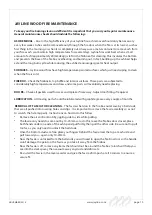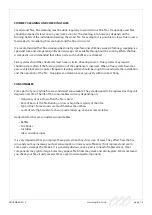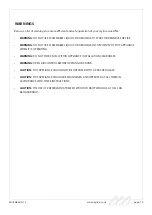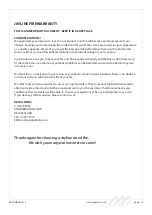
page 10
www.jayline.co.nz
NOVEMBER 2016
Preventing creosote build-up: Creosote is a tar-like substance that builds up when the organic
compounds in smoke condense onto cooler fl ue surfaces. Left to build up over time, creosote will
restrict the airfl ow of the fl ue and impair the performance of your heater. The production of smoke
is at its highest when a fresh fuel load is added or when the air control is at its lowest position. The
most eff ective way to control the creosote formation is to burn the heater so as to ensure as complete
combustion as possible and at the same time promoting higher fl ue temperatures. Smouldering fi res
should always be avoided.
The amount of charcoal in the ash is often a good indicator of how well you are operating the heater.
If there is no charcoal and only very fi ne ash, then you are doing an excellent job. If there is a lot of
charcoal you may be turning the combustion air down too soon after refuelling, or not raking the
charcoal to the combustion air inlet, or turning the combustion air down too low to support effi cient
combustion, or all of the above.
REMEMBER:
THE HOTTER THE FIRE, THE LESS CREOSOTE FORMATION.
When you have mastered the techniques for effi cient wood burning, here is what you should see:
1. When wood burns it should be fl aming until only charcoal remains. If there are no fl ames,
something is wrong.
2. Firebricks in the fi rebox should be tan in colour, never black.
3. Steel parts in the fi rebox should be light to dark brown, never black and shiny.
4. With seasoned wood, correct air settings and proper loading arrangement you should expect quick
ignition of a new load of wood - the bottom pieces should be fl aming by the time the door is closed.
5. The glass door should be clear. A discoloured glass indicates that the wood is too wet or the air
control has not been left open long enough.
6. The exhaust coming from the top of the fl ue system should be clear or white. A plume of blue
or grey smoke indicates smouldering, ineffi cient combustion, air pollution and probably low
operating temperatures.


